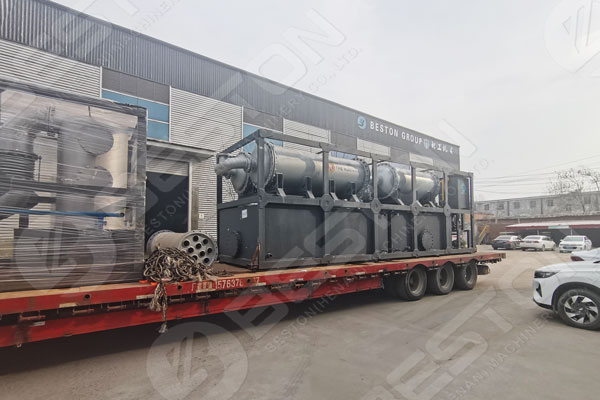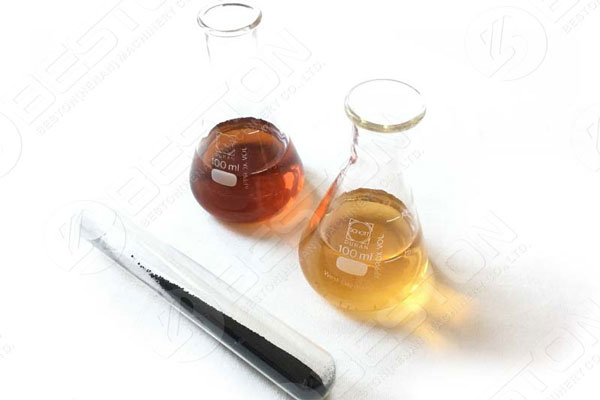Are you looking for a pyrolysis plant? Pyrolysis is the process of heating organic material in the absence of oxygen. The result is an emission of gases and vapors, which can be used to produce fuel, heat, or chemicals. If you’re interested in learning more about pyrolysis and its potential benefits, keep reading. In this blog post, you’ll learn about pyrolysis plant costs and what you can expect to pay for a typical system. You’ll also get some tips on how to reduce your overall expenses. So whether you’re just starting out or are considering a retrofit, read on for information that will help you make the best decision for your business.

What are Pyrolysis and its benefit?
Pyrolysis is a recycling process that allows us to convert waste materials into usable products. In simple terms, it involves breaking down organic matter into its component parts using heat. This process can be used to recycle a variety of materials, including plastics, tires, and even medical waste.
While there are many benefits to pyrolysis plant equipment, some of the most significant are that it reduces the volume of waste sent to landfills, creates new jobs in the recycling industry, and reduces our dependence on fossil fuels. As we continue to face environmental challenges, pyrolysis will likely play an increasingly important role in helping us to sustainably manage our waste.

Pyrolysis plant costs
Pyrolysis plants are an increasingly popular waste management solution, as they offer a number of advantages over traditional incineration. They are less expensive to operate and maintain, and they generate very little pollution. However, the initial cost of a pyrolysis plant can be quite high.
The size of the rotary pyrolysis reactor and the type of waste it will be processing are the two main factors that determine the cost. Smaller plants tend to be less expensive, but they also have a smaller capacity and can only process certain types of waste. Larger plants can be more expensive, but they offer a higher capacity and can accommodate a wider range of waste types. As the popularity of pyrolysis plants grows, the costs are likely to continue to decline.
How to reduce your pyrolysis plant costs
If you’re looking to reduce costs associated with your pyrolysis plant, there are a few things you can do. First, be sure to choose a reputable and experienced pyrolysis plant manufacturer. A good manufacturer will be able to provide you with a plant that is efficient and reliable: https://bestonasia.com/pyrolysis-plant/manufacturers/.
Second, keep your plant well-maintained. Regular maintenance will help ensure that your plant is running at its best, which can in turn help to reduce operating costs.
Finally, be sure to operate your plant at optimal conditions. This means keeping an eye on things like temperature and feedstock quality. By following these tips, you can reduce your pyrolysis plant costs and keep your operation running smoothly.
Final thoughts
As the world looks for ways to become more sustainable, pyrolysis plants are an intriguing option. Beston products contribute to waste recycling. These plants use heat to break down organic waste, such as wood, paper, and food, into a gas that can be used to generate electricity. While the technology is still in its early stages, there are already a number of companies operating pyrolysis plants around the world. In addition, many countries are investing in research and development to improve the efficiency of this technology. With continued progress, pyrolysis plants could play a significant role in reducing the amount of waste sent to landfills each year.